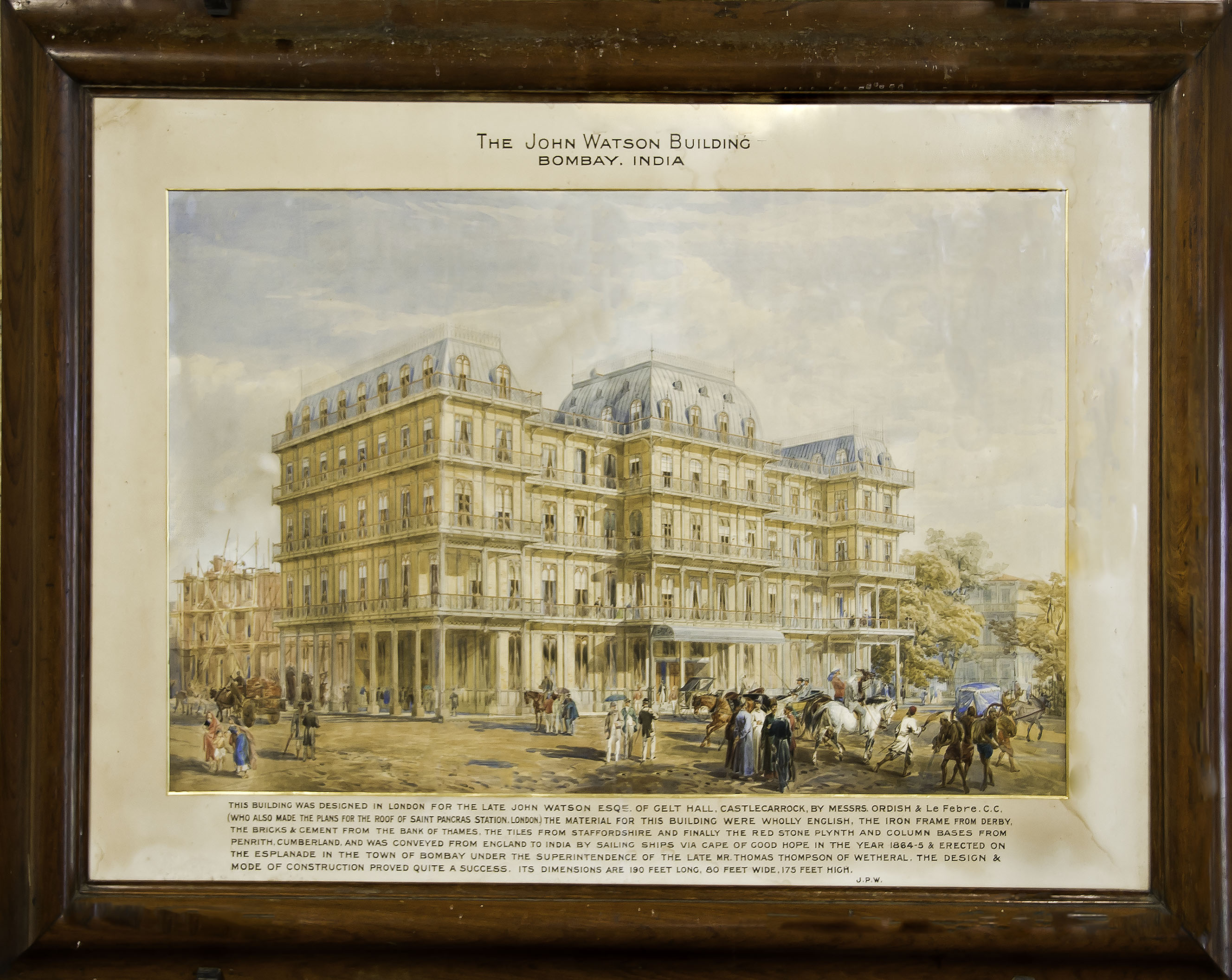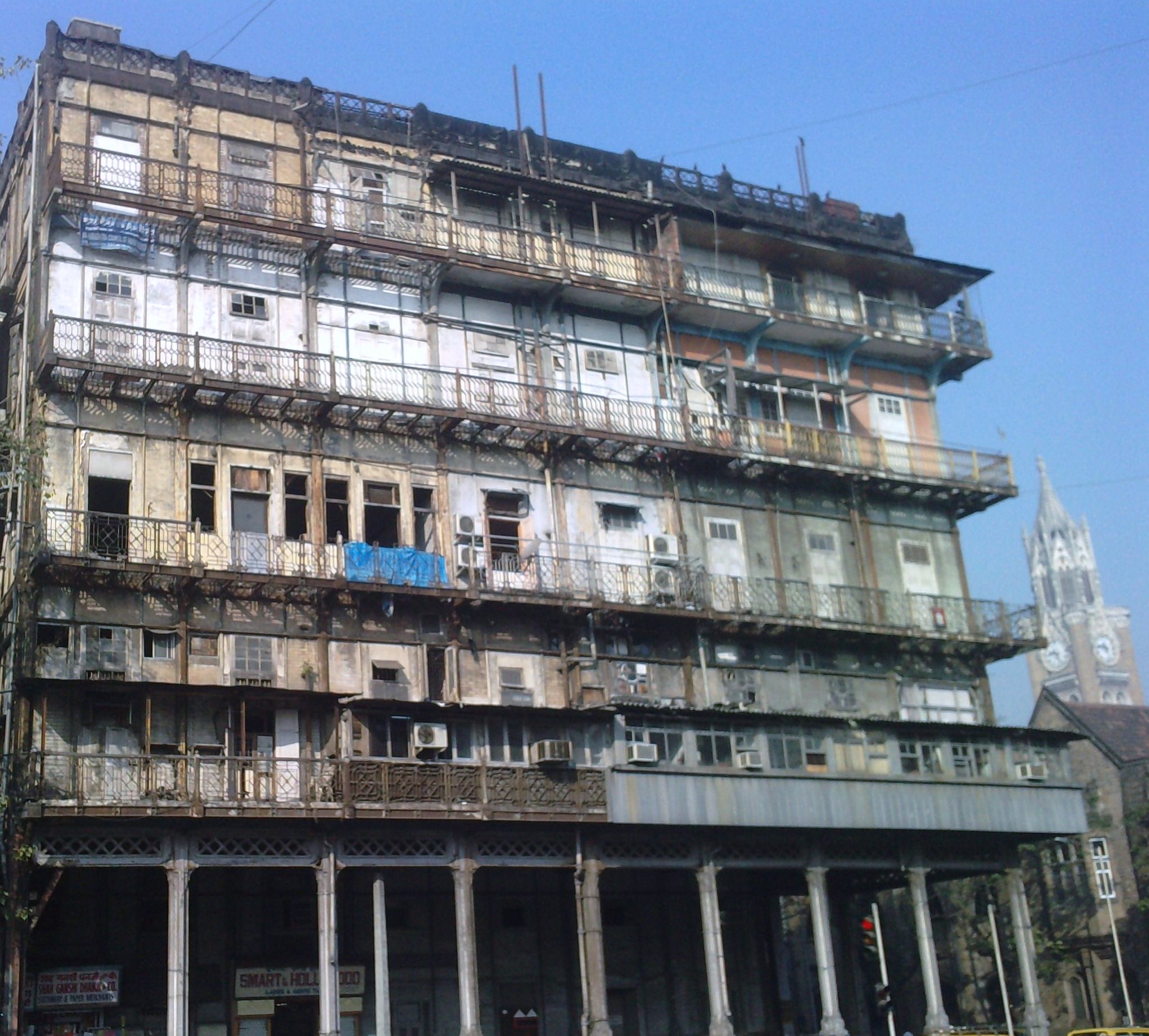
DECAYING SPLENDOUR OF THE WORLD’S FIRST ATTEMPT TO HIGH – RISE.
Stories of buildings, their creators and their highs and lows interest most eager readers. Here’s one where we give you the facts on a hotel which set the standard for higher and higher edifices – and we claim that it is one of the first luxury hotels in the ‘modern’world, which gave rise to modern five star hotels and skyscrapers. Read on…..
In the remote villages of Castle Carrock a village and civil parish on the B6413 road, in the City of Carlisle, in the English county of Cumbria about 3 miles (4.8 km) south of Brampton. In the manorial roll of Castle Carrock is Eustace de Vallibus, grantee under his kinsman, Hubert de Vallibus, or Vaux, upon whom Henry II conferred the barony of Gilsland as a recompense for services rendered the young prince in his contest with Stephen.
The family of Eustace adopted the Castle-Carrock as a surname, and probably had their castle given a name to the parish. Robert de Castle Carrock, the fourth in descent, left three daughters, among whom the manor was divided, parts of which passed to the Dacres. Eventually the whole manor passed to the Earls of Carlisle. The principal landowners in the late 19th century were the Executors – of the late John Watson, Esq., Gelt House; William Watson, Esq., Holme Eden; Ralph Watson, Garth Foot; James Proctor Watson, Esq., Gelt Hall; and Mrs. Elizabeth Carrick.
Castle Carrock is home to a manor house which was formerly a barn. The manor house was given in the reign of Henry II by Hugh de Vallibus, Lord of Gilsland, whose descendants seem to have taken the name of Castle-Carrock.
John Watson who owned a draper business, went to the London’s Great Exhibition of 1851 and was overwhelmed by “The Indian Pavilion” and was attracted to India. The Watson brothers, John and William, after moving to Bombay, created “

,” perhaps the first luxury hotel of 18th century in Bombay. The hotel – built in prefabricated cast iron griders with a blatantly outward-facing iron skeleton and its accompanying brick non-load bearing insertion, looking like a mega metal canary-cage, was designed by Rowland Mason Ordish, an accomplished 19th century engineer. Its traditional style for a direct expression of structure took its place in the story of the evolution of the skyscraper. The iron frame came from Derby, the tiles from Staffordshire, the bricks and cement from the banks of the Thames ,” according to the note to a painting of Bombay’s first luxury hotel called the “Watson Institute”. Tom Speight, Chairman of the Institute, found the building was “Bombay’s premier nineteenth-century Luxury hotel”. It boasted India’s first steam-powered lift, 120 rooms with fitted baths and a ventilation system consisting of ‘punkawallahs’ (Fans operated by human power). The hotel was exclusively, open only to Europeans. Its bar and small restaurant were manned by English waitresses.
Both Watson brothers moved back to Castle Carrock. In the early 1900s, hotels like the Taj Mahal Hotel and Palace took over from Watson’s idea. By the 1920s, The Esplanade had ceased to be a hotel, and was later sold to the Tatas ( Mega industrialist in India). Today, it is leased out to many tenants, who have divided the building into a series of small flatlets. The landlord has long given up on its maintenance. Recently, the long decaying crumbling mass of iron, the dilapidated building now known as ‘Esplanade Mansions’ and the remaining ruins that are left for a visitor to see, which conjures up a sad picture of its former glory, and barely evokes the “grandeur enjoyed as Bombay’ s Premier 19th Century Hotel, ”was declared one of the “World’s 100 Endangered Monuments” by the World Monuments Fund.
